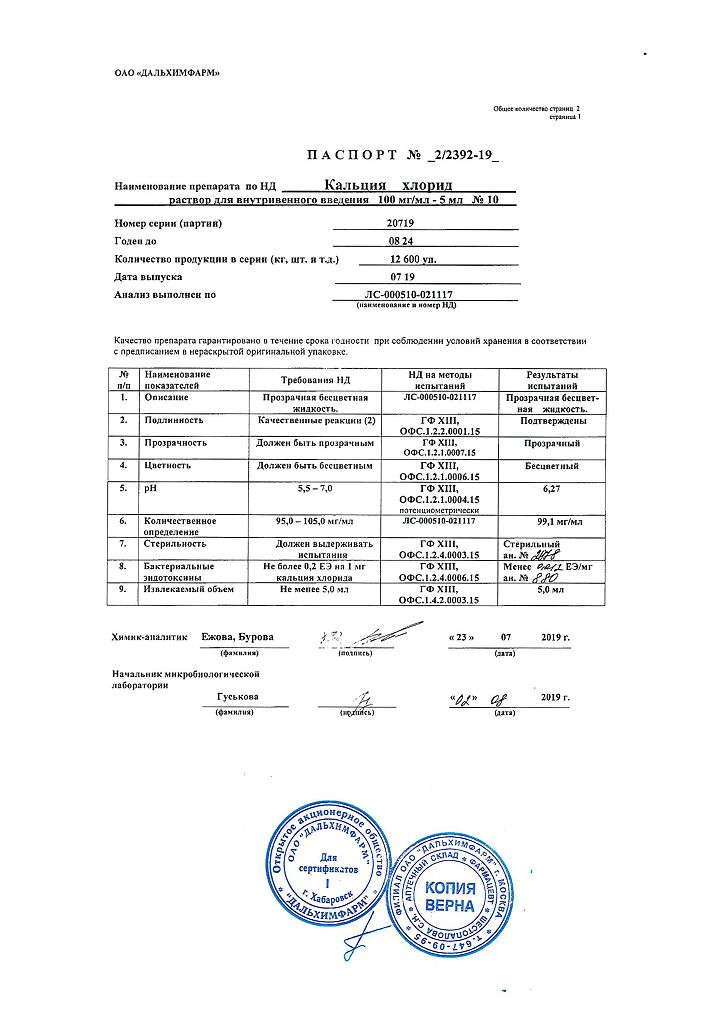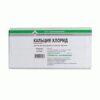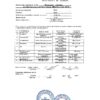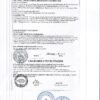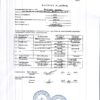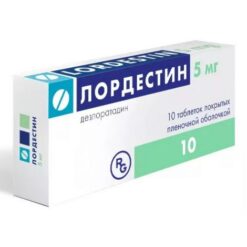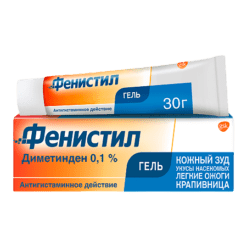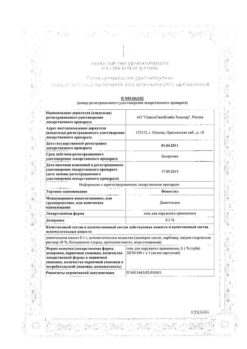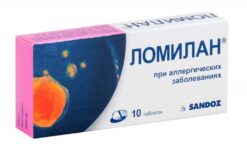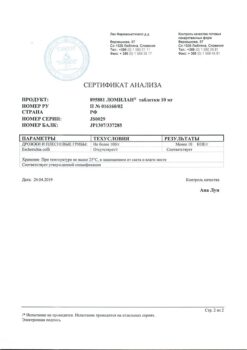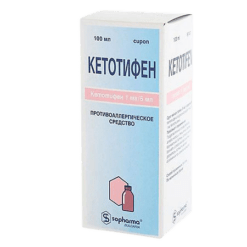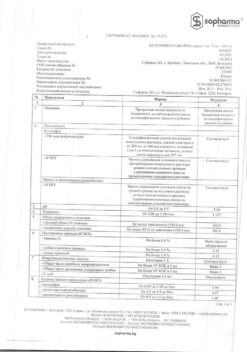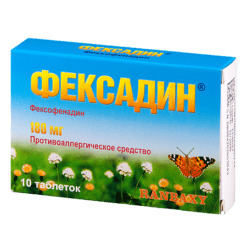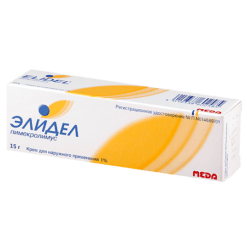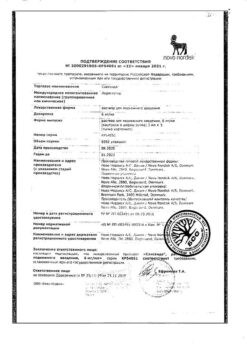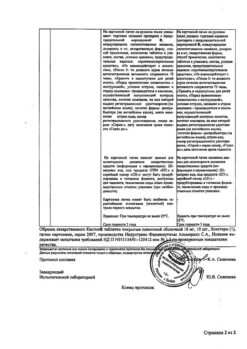No products in the cart.
Description
Calcium chloride is a calcium preparation, it replenishes the calcium deficiency necessary for the process of transmission of nerve impulses, contraction of skeletal and smooth muscles, myocardial activity, formation of bone tissue, blood clotting.
It reduces cell and vascular wall permeability, prevents development of inflammatory reactions, increases body’s resistance to infections and may significantly increase phagocytosis (phagocytosis, which decreases after administration of sodium chloride, increases after administration of calcium preparations). When administered intravenously it stimulates the symiatic department of the autonomic nervous system, increases epinephrine release by adrenal glands, has a moderate diuretic effect.
Pharmacokinetics
In plasma about 45% is complexed with proteins. About 20% is excreted by the kidneys, the remaining amount (80%) is excreted with intestinal contents.
Indications
Indications
– Allergic diseases (urticaria, angioedema, allergic dermatoses, serum sickness);
– hypocalcemia (including hypocalcemic tetany in hypoparathyroidism);
– lead colic;
– hyperkalemia;
– overdose of magnesium salts (as part of complex therapy).
Pharmacological effect
Pharmacological effect
Calcium chloride is a calcium preparation that replenishes calcium deficiency, which is necessary for the transmission of nerve impulses, contraction of skeletal and smooth muscles, myocardial activity, bone tissue formation, and blood clotting.
Reduces the permeability of cells and the vascular wall, prevents the development of inflammatory reactions, increases the body’s resistance to infections and can significantly enhance phagocytosis (phagocytosis, which decreases after taking sodium chlorine, increases after taking calcium supplements). When administered intravenously, it stimulates the semiotic part of the autonomic nervous system, enhances the secretion of epinephrine by the adrenal glands, and has a moderate diuretic effect.
Pharmacokinetics
In plasma, about 45% is in complex with proteins. About 20% is excreted by the kidneys, the remaining amount (80%) is removed with the contents of the intestines.
Special instructions
Special instructions
It cannot be administered subcutaneously or intramuscularly; tissue necrosis is possible (high concentrations of calcium chloride, starting from 5% cause severe irritation of the vascular wall).
With intravenous administration of calcium chloride, a feeling of heat appears first in the oral cavity, and then throughout the body (previously used to determine the speed of blood flow – the time between the moment of its introduction into a vein and the appearance of a feeling of heat).
Active ingredient
Active ingredient
Calcium chloride
Composition
Composition
1 ml of solution for intravenous administration contains:
active ingredient:
calcium chloride 100 mg,
excipient:
water for injections
Pregnancy
Pregnancy
The use of the drug during pregnancy and breastfeeding is contraindicated.
If it is necessary to use the drug during lactation, breastfeeding should be discontinued.
Contraindications
Contraindications
Hypersensitivity to the components of the drug hypercalcemia severe chronic renal failure ventricular fibrillation urolithiasis hypercalciuria sarcoidosis severe atherosclerosis tendency to thrombosis simultaneous use with cardiac glycosides pregnancy breastfeeding period.
With caution:
Side Effects
Side Effects
From the cardiovascular system: peripheral vasodilation, decreased blood pressure, arrhythmia (including bradycardia). With rapid administration, ventricular fibrillation, cardiovascular failure, and even cardiac arrest are possible.
From the central nervous system: fainting.
From the digestive system: nausea.
From the urinary system: rarely (with impaired renal function) – hypercalcemia.
Other: there may be a feeling of heat first in the mouth and then throughout the body, a chalky taste in the mouth.
Local reactions: irritation along the vein; Skin flushing, pain, rash, calcification may indicate extravasation, which can lead to necrosis of surrounding tissue. If it enters the subcutaneous tissue or muscle, it causes severe irritation and necrosis of surrounding tissues.
Interaction
Interaction
When used simultaneously, it reduces the effect of blockers of “slow” calcium channels; with other calcium- and magnesium-containing drugs, the risk of hypercalcemia or hypermagnesemia, respectively, increases, especially in patients with chronic renal failure; with quinide – intraventricular conduction may slow down and quinidine toxicity may increase.
Reduces the effectiveness of non-depolarizing muscle relaxants.
May increase the duration of action of tubocurarine chloride.
Strengthens the effect of antihistamines.
Pharmaceutically incompatible with tetracyclines magnesium sulfate and drugs containing phosphate carbonates or tartrates.
During treatment with cardiac glycosides, parenteral use of calcium chloride is not recommended due to increased cardiotoxicity.
Compatible with 5% dextrose (glucose) solution and 09% sodium chloride solution.
Overdose
Overdose
Symptoms: hypercalcemia (thirst, nausea, vomiting, constipation, polyuria, abdominal pain, muscle weakness, mental disorders in severe cases – arrhythmia, coma) especially in patients with chronic renal failure.
Treatment: in case of mild overdose (calcium concentration – 26-29 mmol/l), the administration is stopped and other calcium-containing drugs are discontinued. In case of severe overdose (calcium concentration more than 29 mmol/l) – administration of 09% isotonic sodium chloride solution; non-thiazide diuretics; control of serum concentrations, if necessary, administration of potassium and magnesium preparations; control of cardiac activity; introduction of beta-blockers to prevent arrhythmias; hemodialysis.
Storage conditions
Storage conditions
In a dry place, protected from light, at a temperature of 18 to 25 ° C. Keep out of the reach of children.
Shelf life
Shelf life
5 years.
Manufacturer
Manufacturer
Dalkhimfarm, Russia
Additional information
| Shelf life | 5 years. |
|---|---|
| Conditions of storage | Store in a dry, light-protected place at 18 to 25 °C. Keep out of reach of children. |
| Manufacturer | Dalkhimpharm, Russia |
| Medication form | solution for infusion |
| Brand | Dalkhimpharm |
Related products
Buy Calcium chloride, 100 mg/ml 5 ml 10 pcs with delivery to USA, UK, Europe and over 120 other countries.


